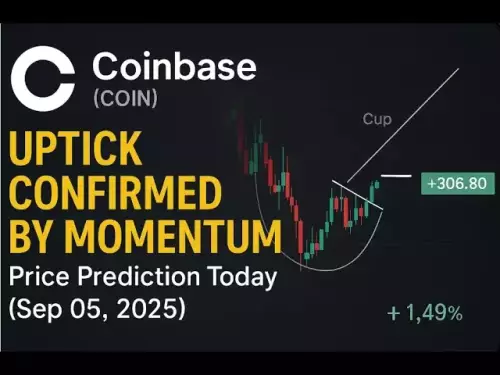-
 Bitcoin
Bitcoin $110700
-0.29% -
 Ethereum
Ethereum $4313
-0.52% -
 Tether USDt
Tether USDt $1.000
-0.02% -
 XRP
XRP $2.822
0.44% -
 BNB
BNB $850.2
0.31% -
 Solana
Solana $204.0
-0.01% -
 USDC
USDC $0.9998
-0.02% -
 Dogecoin
Dogecoin $0.2187
2.36% -
 TRON
TRON $0.3312
-1.28% -
 Cardano
Cardano $0.8328
2.25% -
 Hyperliquid
Hyperliquid $47.31
3.71% -
 Chainlink
Chainlink $22.39
-0.47% -
 Ethena USDe
Ethena USDe $1.001
-0.01% -
 Bitcoin Cash
Bitcoin Cash $607.6
3.35% -
 Sui
Sui $3.380
2.09% -
 Stellar
Stellar $0.3602
1.63% -
 Avalanche
Avalanche $24.47
0.10% -
 Hedera
Hedera $0.2191
2.26% -
 Cronos
Cronos $0.2688
-0.11% -
 UNUS SED LEO
UNUS SED LEO $9.530
-0.10% -
 Litecoin
Litecoin $112.0
0.44% -
 Toncoin
Toncoin $3.088
-0.65% -
 Shiba Inu
Shiba Inu $0.00001241
1.99% -
 Polkadot
Polkadot $3.833
1.28% -
 Uniswap
Uniswap $9.442
1.07% -
 Dai
Dai $0.9999
0.00% -
 Ethena
Ethena $0.7312
12.08% -
 Monero
Monero $268.0
0.58% -
 Aave
Aave $302.6
-2.17% -
 World Liberty Financial
World Liberty Financial $0.1800
-4.26%
How to track staked assets on a block explorer
Staked assets are tokens locked in smart contracts or validator nodes to support blockchain networks, earning rewards while committed—trackable via block explorers like Etherscan or Solana Explorer by monitoring transactions to verified staking addresses.
Sep 05, 2025 at 04:18 am
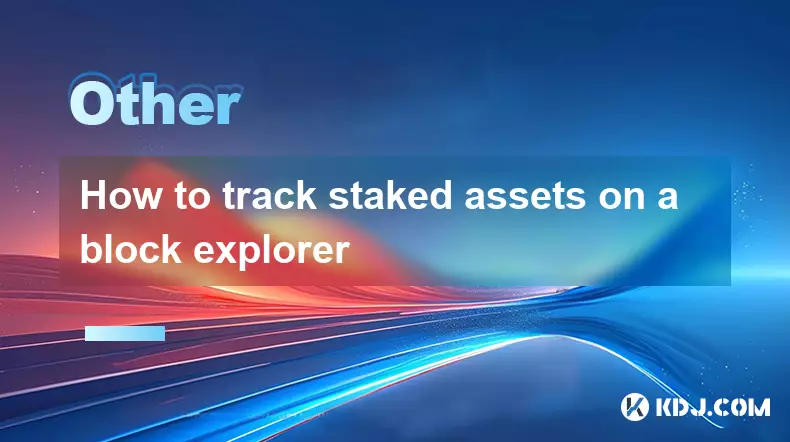
Understanding Staked Assets on the Blockchain
1. Staked assets refer to cryptocurrency tokens locked in a smart contract or validator node to support network operations such as consensus and transaction validation. These assets are not transferred in the traditional sense but are instead committed to a specific address or protocol to earn rewards. Tracking them requires understanding how staking works on different blockchain networks.
2. Each blockchain implements staking differently. For example, Ethereum uses a proof-of-stake mechanism where users deposit ETH into the official deposit contract to become validators. Other networks like Solana or Cardano allow delegation to validators without direct control over infrastructure. The method of tracking depends on the network's transparency and available on-chain data.
3. Block explorers such as Etherscan, Solana Explorer, or Cardano's Blockfrost provide public access to transaction histories, smart contracts, and wallet addresses. By entering a wallet address involved in staking, users can view outgoing transactions to staking contracts and monitor associated rewards or penalties.
4. Staked assets often appear as outgoing transactions to known staking addresses or smart contracts. On Ethereum, the deposit contract address is publicly documented. Any transfer to this address signifies a staking action. These transactions are irreversible and represent a commitment of assets for a certain period.
5. Wallets used for staking may also receive periodic reward distributions. These appear as incoming transactions from staking pools or protocol-controlled addresses. Monitoring both outgoing deposits and incoming rewards gives a complete picture of staking activity.
Steps to Monitor Staked Positions via Block Explorers
1. Identify the blockchain network where the staking occurred. Different explorers serve different chains. For Ethereum, use Etherscan; for Binance Smart Chain, use BscScan; for Solana, use Solana Explorer. Entering the correct explorer is crucial for accurate data retrieval.
2. Input the wallet address associated with staking into the search bar of the block explorer. Once the address details load, navigate to the transaction tab to view all activity. Look for transfers directed to known staking contracts or validator addresses.
3. Analyze transaction details by clicking on individual entries. Key information includes the recipient address, value transferred, and timestamp. Cross-reference the recipient with official staking contract addresses published by the protocol to confirm legitimacy.
4. Check internal transactions or contract interactions if available. Some staking actions involve calling functions within smart contracts rather than simple token transfers. These may not appear under standard transactions but are visible under tabs labeled “Internal Txns” or “Contract Calls.”
5. Use token tracking features if the staked asset is a token rather than native coin. Many explorers allow filtering by token type. This helps isolate staking-related movements from regular transfers, especially in wallets managing multiple assets.
Interpreting Staking Data Accurately
1. Not all outgoing transactions to staking addresses represent new stakes. Some may be re-delegations, top-ups, or migrations between validators. Reviewing timestamps and amounts helps distinguish between new commitments and adjustments to existing positions.
2. Reward accruals are typically distributed periodically and may accumulate off-chain before appearing as on-chain transactions. A lack of frequent incoming transactions does not necessarily indicate inactivity. Some protocols batch rewards and distribute them during specific epochs.
3. Verify the authenticity of staking contracts to avoid phishing or fraudulent addresses. Official project documentation usually lists verified contract addresses. Relying on unverified sources can lead to misinterpretation or loss of funds.
4. Delegation changes are recorded on-chain but may require decoding event logs for full visibility. Events such as “DelegateChanged” or “StakeDeposited” are emitted by smart contracts and can be viewed under the logs or events section of a transaction.
5. Some networks use non-custodial staking pools where assets are pooled across multiple users. In such cases, individual stakes are represented by liquidity tokens (e.g., stETH on Lido). Tracking these derivative tokens on the explorer provides insight into the value of the staked position.
Frequently Asked Questions
Can I see my staking rewards in real time on a block explorer?Block explorers show on-chain transactions only. If rewards are accrued off-chain or compounded within a protocol, they won’t appear until a distribution event occurs. Real-time tracking requires additional tools or APIs that interpret staking data beyond raw blockchain records.
What if I don’t see my staking transaction on the explorer?Double-check the network and wallet address. Transactions may be pending or sent to an incorrect chain. If confirmed on-chain but not visible, the explorer might be experiencing delays. Try an alternative explorer for the same network.
Do staking withdrawals appear on block explorers?Yes, when staked assets are withdrawn, they generate an on-chain transaction from the staking contract back to the user’s wallet. This is fully visible and verifiable. The timing depends on the network’s unstaking period and finality rules.
Can I track staked assets across multiple wallets?Each wallet must be checked individually. There is no universal tracker that aggregates staking data across unrelated addresses. Users managing multiple wallets need to input each one separately into the appropriate block explorer.
Disclaimer:info@kdj.com
The information provided is not trading advice. kdj.com does not assume any responsibility for any investments made based on the information provided in this article. Cryptocurrencies are highly volatile and it is highly recommended that you invest with caution after thorough research!
If you believe that the content used on this website infringes your copyright, please contact us immediately (info@kdj.com) and we will delete it promptly.
- BullZilla ($BZIL): Riding the Meme Coin Wave with Presale Price Potential
- 2025-09-06 06:45:14
- Bitcoin Whale Awakens: $10 Billion Ethereum Shift?
- 2025-09-06 06:25:11
- Cardano, Pi Network, and Presale Altcoins: What's the Buzz?
- 2025-09-06 04:45:15
- Bitcoin Hashrate, Price, and ATH: Navigating the Crypto Landscape
- 2025-09-06 04:30:12
- Tokens to Watch: Market Cap Projections for 2026
- 2025-09-06 05:05:13
- XRP, Trading Volume, and PayFi Altcoins: What's the Haps?
- 2025-09-06 04:50:12
Related knowledge
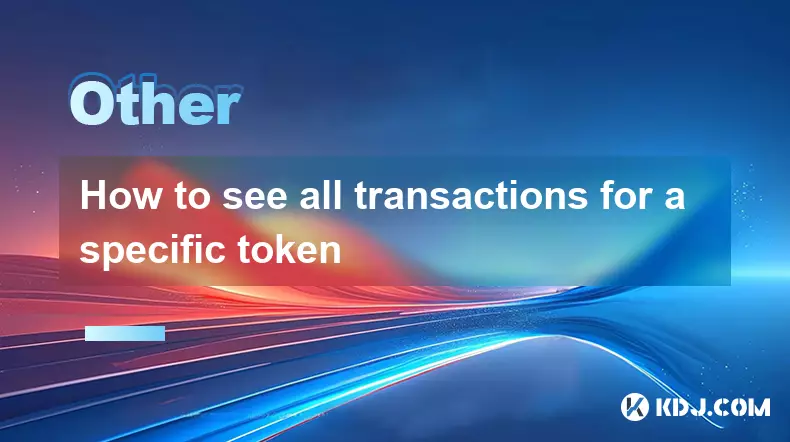
How to see all transactions for a specific token
Sep 05,2025 at 08:36am
Understanding Token Transactions on the Blockchain1. Every token transaction on a blockchain is recorded as part of a public ledger, making it accessi...

How to find the block height of a transaction
Sep 04,2025 at 08:37pm
Understanding Block Height in Blockchain Transactions1. Block height refers to the number of blocks that have been confirmed on the blockchain since i...

How to track staked assets on a block explorer
Sep 05,2025 at 04:18am
Understanding Staked Assets on the Blockchain1. Staked assets refer to cryptocurrency tokens locked in a smart contract or validator node to support n...
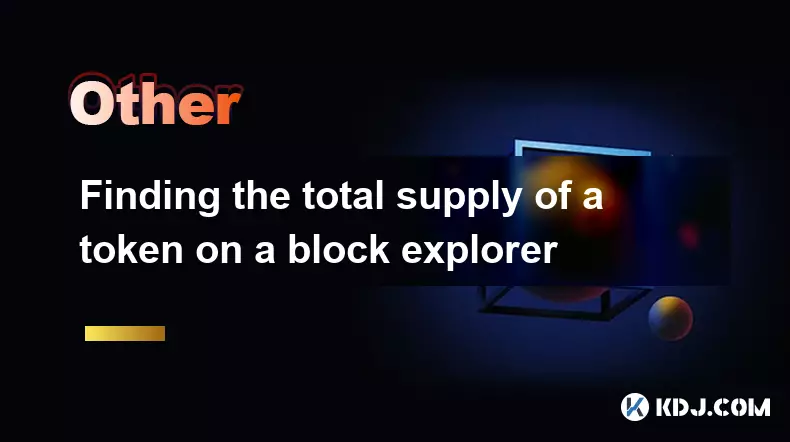
Finding the total supply of a token on a block explorer
Sep 04,2025 at 07:00pm
Finding Token Supply Information on Block Explorers1. Navigate to a blockchain explorer such as Etherscan, BscScan, or Solscan depending on the networ...
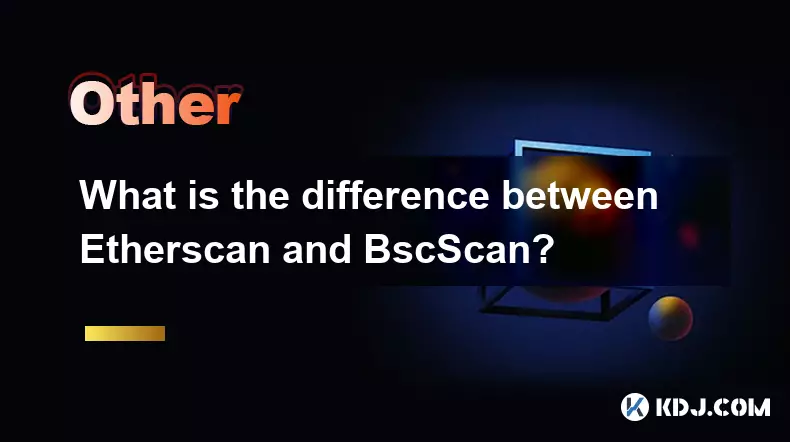
What is the difference between Etherscan and BscScan?
Sep 04,2025 at 07:55pm
Differences in Blockchain Networks1. Etherscan operates exclusively on the Ethereum blockchain, providing transparency and data tracking for all trans...
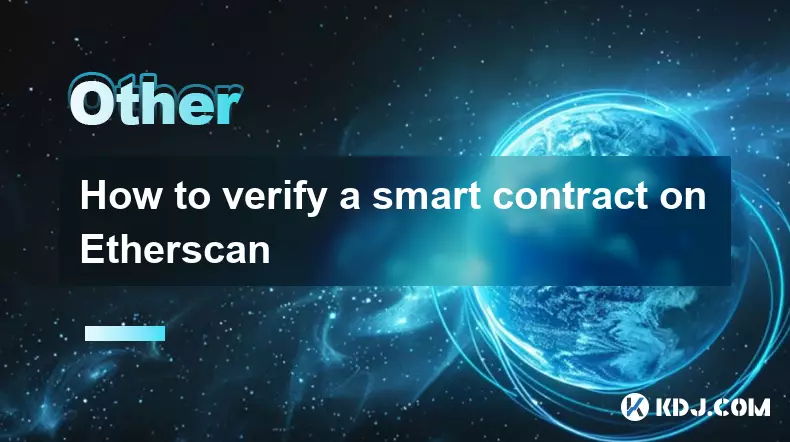
How to verify a smart contract on Etherscan
Sep 05,2025 at 05:18am
Understanding Smart Contract Verification1. Smart contract verification on Etherscan allows developers to prove the authenticity of their deployed cod...

How to see all transactions for a specific token
Sep 05,2025 at 08:36am
Understanding Token Transactions on the Blockchain1. Every token transaction on a blockchain is recorded as part of a public ledger, making it accessi...

How to find the block height of a transaction
Sep 04,2025 at 08:37pm
Understanding Block Height in Blockchain Transactions1. Block height refers to the number of blocks that have been confirmed on the blockchain since i...

How to track staked assets on a block explorer
Sep 05,2025 at 04:18am
Understanding Staked Assets on the Blockchain1. Staked assets refer to cryptocurrency tokens locked in a smart contract or validator node to support n...

Finding the total supply of a token on a block explorer
Sep 04,2025 at 07:00pm
Finding Token Supply Information on Block Explorers1. Navigate to a blockchain explorer such as Etherscan, BscScan, or Solscan depending on the networ...

What is the difference between Etherscan and BscScan?
Sep 04,2025 at 07:55pm
Differences in Blockchain Networks1. Etherscan operates exclusively on the Ethereum blockchain, providing transparency and data tracking for all trans...

How to verify a smart contract on Etherscan
Sep 05,2025 at 05:18am
Understanding Smart Contract Verification1. Smart contract verification on Etherscan allows developers to prove the authenticity of their deployed cod...
See all articles

























